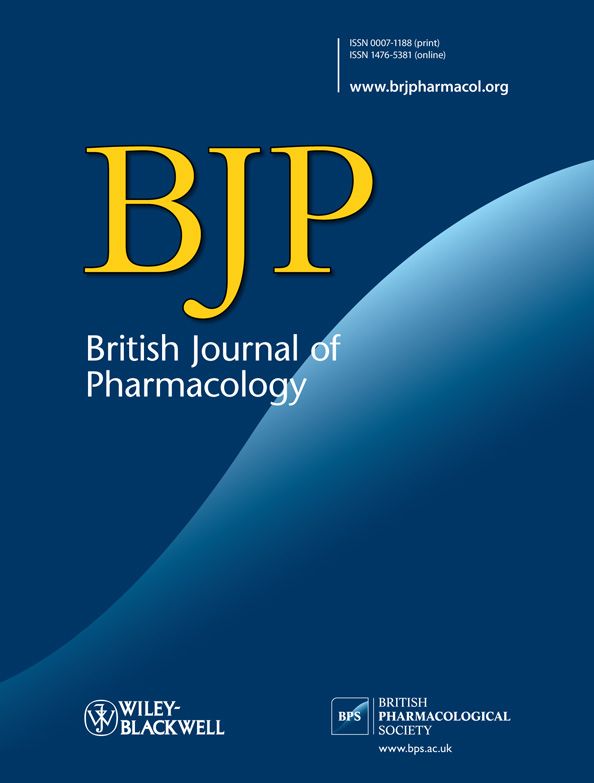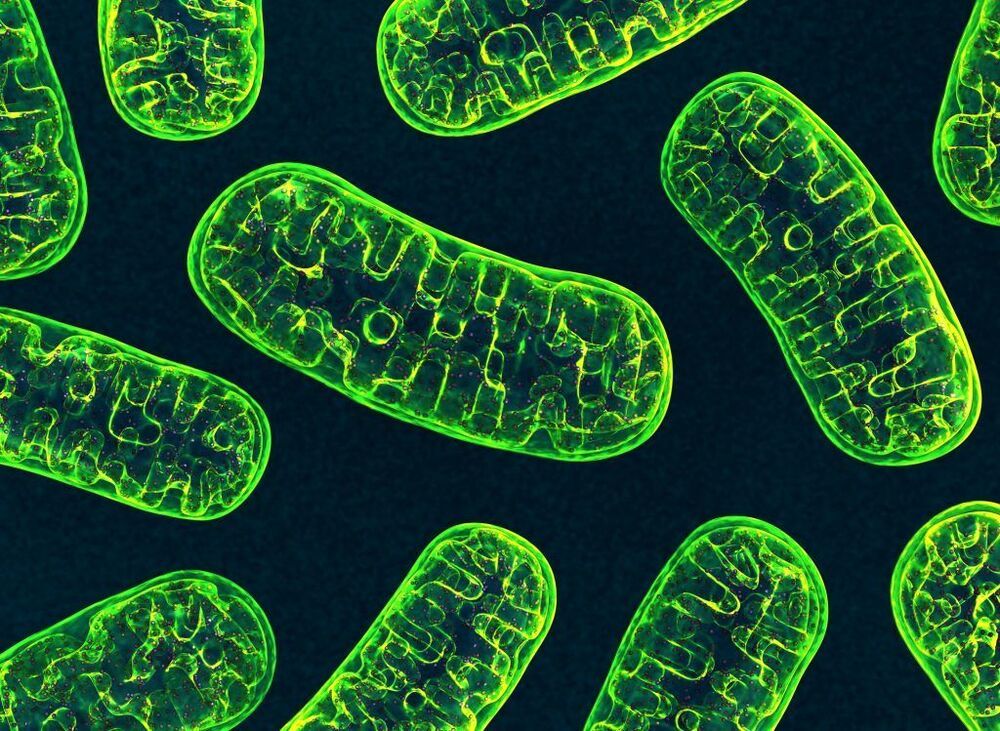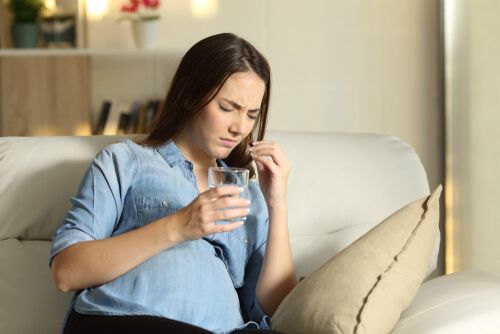While the mitochondrion has long fascinated biologists and the sheer diversity of druggable targets has made it attractive for potential drug development, there has been little success translatable to the clinic. Given the diversity of inborn errors of metabolism and mitochondrial diseases, mitochondrially mediated oxidative stress (myopathies, reperfusion injury, Parkinson’s disease, ageing) and the consequences of disturbed energetics (circulatory shock, diabetes, cancer), the potential for meaningful gain with novel drugs targeting mitochondrial mechanisms is huge both in terms of patient quality of life and health care costs. In this themed issue of the British Journal of Pharmacology, we highlight the key directions of the contemporary advances in the field of mitochondrial biology, emerging drug targets and new molecules which are close to clinical application. Authors’ contributions are diverse both in terms of species and organs in which the mitochondrially related studies are performed, and from the perspectives of mechanisms under study. Defined roles of mitochondria in disease are updated and previously unknown contributions to disease are described in terms of the interface between basic science and pathological relevance.







